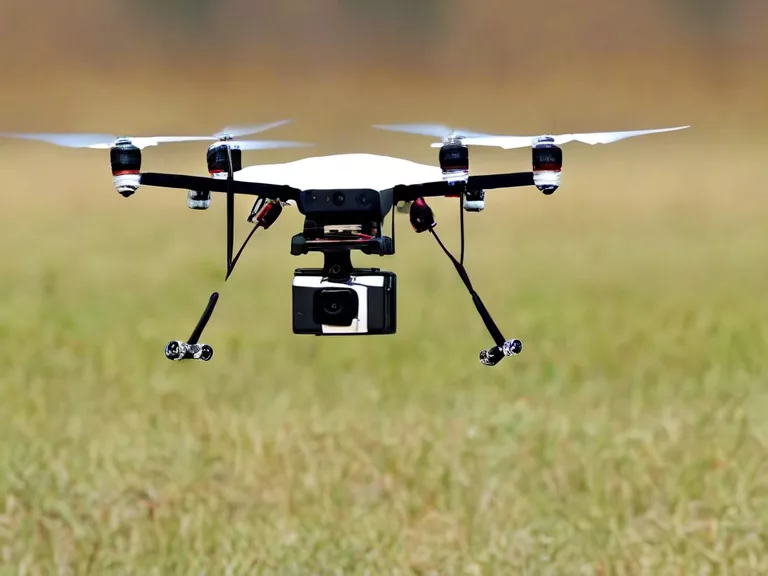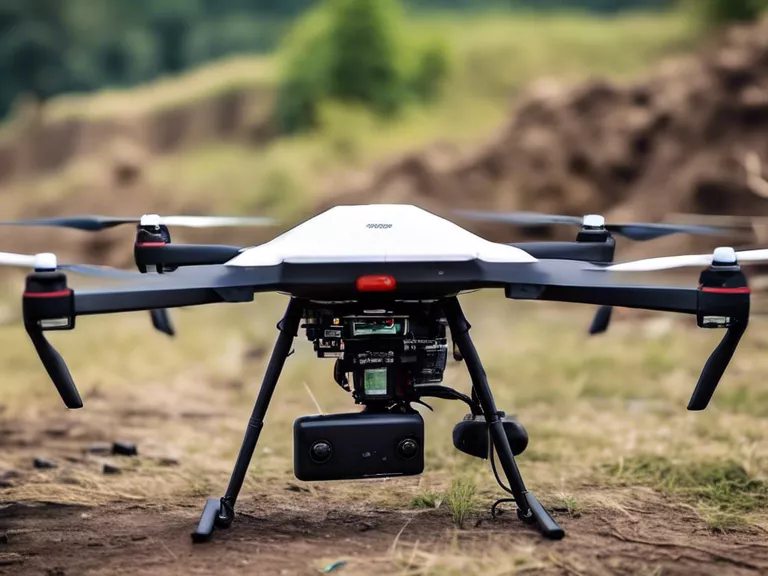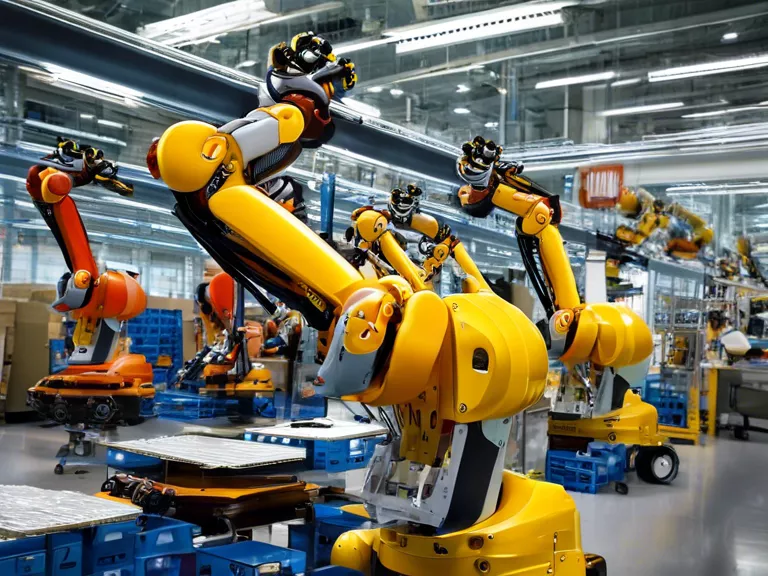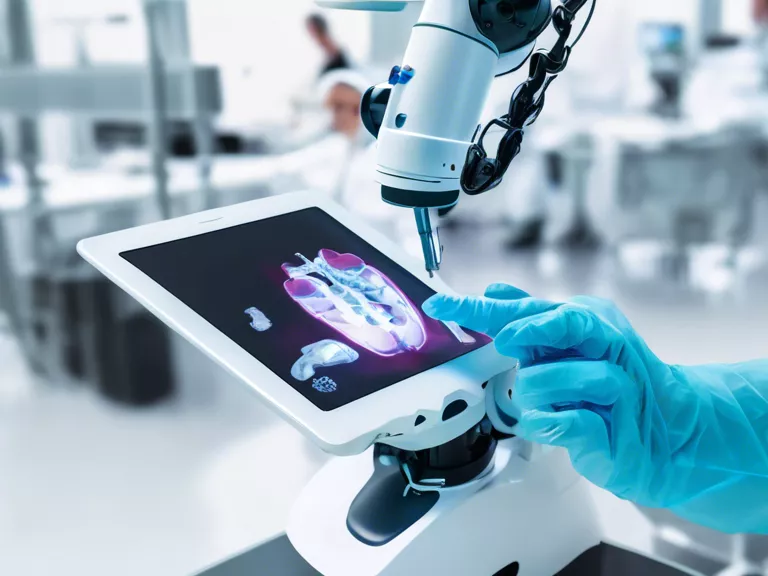
Drones have become a valuable tool in wildlife conservation and environmental protection efforts around the world. From monitoring endangered species to tracking deforestation, these unmanned aerial vehicles are revolutionizing how we interact with nature. Let's explore how drones are making a difference in preserving our planet's biodiversity.
One of the key roles drones are playing in wildlife conservation is monitoring and observing endangered species. Conservationists use drones equipped with high-resolution cameras to track the movements and population sizes of animals such as rhinos, elephants, and gorillas. This data helps researchers better understand these species' behavior and inform conservation strategies to protect them from poaching and habitat destruction.
Drones are also being used to combat illegal logging and deforestation. By flying over remote areas, drones can detect and document illegal clearing of forests in real time. This information is crucial for law enforcement agencies and environmental organizations to take action against those responsible for damaging our ecosystems. By monitoring forests from above, drones are helping to safeguard vital habitats and preserve biodiversity.
Furthermore, drones are essential for conducting surveys in hard-to-reach or dangerous environments. Whether it's mapping climate change impacts in the Arctic or assessing pollution in remote rivers, drones provide a cost-effective and efficient way to gather data without putting humans at risk. This technology allows researchers to collect valuable information on environmental trends and make informed decisions to protect our planet.
In conclusion, drones are playing a crucial role in wildlife conservation and environmental protection by providing valuable insights and data on endangered species, illegal deforestation, and environmental threats. By using drones as a tool for conservation, we can better understand and preserve the natural world for future generations to enjoy.



